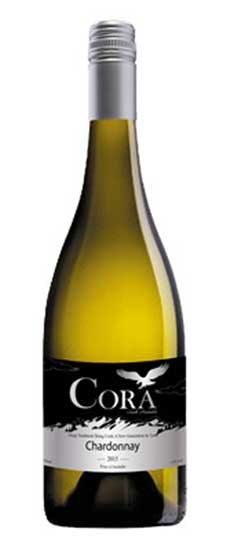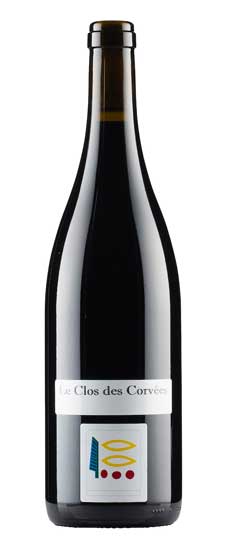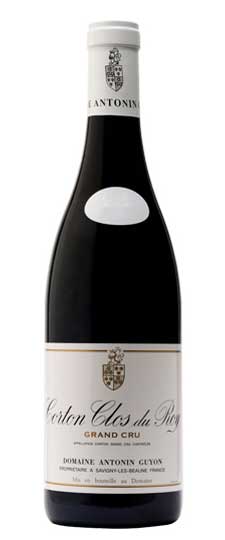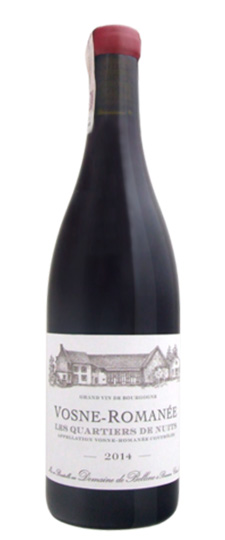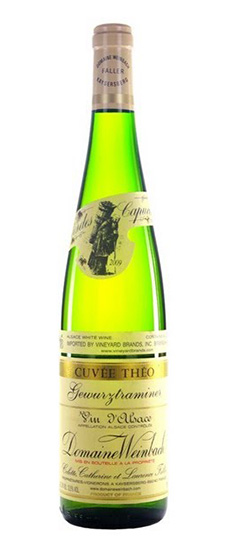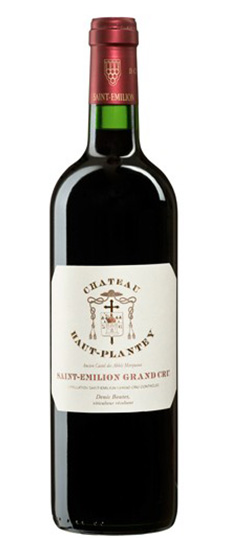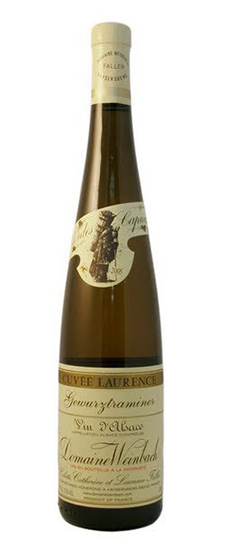Wine Score
96 points Wine Enthusiast
A powerfully intense wine with a core of rose framed by button mushroom and saffron awakens the senses. The palate is bright with red apple, fresh cherry and green peppercorn, leading to a soft bed of coriander and clove. Fresh acidity balances flavor intensity, with complexity leaving room for intrigue.
Grape Variety
Pinot Noir
In many ways, Pinot Noir is the polar opposite of Cabernet Sauvignon. Pinot Noir has thin skins not thick and makes much lighter paler wines that are not as well suited to blending or long-term aging. Cabernet Sauvignon needs extra heat to ripen fully, while Pinot Noir needs cooler conditions to retain its seductive earthy charm and falls flat in places where it gets too ripe and fruity.
Pinot Noir is probably the most frustrating, and at times infuriating, wine grape in the world. However when it is successful, it can produce some of the most sublime wines known to man. This thin-skinned grape which grows in small, tight bunches performs well on well-drained, deepish limestone based subsoils as are found on Burgundy’s Côte d’Or.
Burgundy Wine
About 200 million years ago, the region was part of a vast, tropical sea which created limestone soils. These soils are the secret behind the zesty minerality that’s the hallmark of Burgundy wines. In fact, if you venture into the vineyards you can find chunks of limestone or marl (limestone mixed with clay) that contain fascinating fossilized sea creatures mixed within.
The easiest way to wrap your brain around Burgundy is to understand that there are really only two grape varieties to remember Pinot Noir & Chardonnay. Burgundy is not only the original home of these grapes, but the “terroir” (tare-wah) that best expresses their character – elegant, aromatic, complex and highly enjoyable
- Red Burgundy is wine that is made in the Burgundy region of eastern France using 100% Pinot Noir grapes. That’s right, Red Burgundy is just a Pinot Noir.
- White Burgundy is also made in Burgundy, but, since it is white, it is made from 100% Chardonnay grapes.
Burgundy has become known for being the best land in the world for producing both Pinot Noir and Chardonnay, and it is for this reason that Burgundy wines have received such acclaim. In fact, the quality of the land is considered to be so important to the creation of red and white Burgundy, that inside the Burgundy region, vineyards are classified by four levels, depending on how exceptional it is believed one’s plot of land is for growing the grapes. When buying a bottle of Burgundy, one of these four classifications will be labeled on the bottle:
- Grand Cru – This classification is reserved for the best vineyards. Only about 2 percent of all vineyards in Burgundy receive this classification
- Premier Cru – These wines are produced from vineyards that are still considered to be of stellar quality, but just a small step down from Grand Cru. These vineyards make up about 12 percent of all vineyards in Burgundy and can also produce wines that are quite expensive.
- Village Wines – These are Burgundies that are produced from grapes sourced from several vineyards in 1 of the 42 villages of Burgundy. You will know it’s a Village wine because the name of the village where the grapes were sourced will be labeled on the bottle. These wines represent 36 percent of all Burgundy.
- Regional Wines – Finally, Regional wines are considered to be the lowest level of classification. These are wines that are created from a combination of vineyards from a variety of villages within Burgundy, as opposed to a single village, like Village wines. As such, wines of this classification will simply be labeled as a wine of Bourgone. These wines represent 50 percent of all wines produced in Burgundy.
Burgundy Wine Style
To the ‘vigneron” (winemakers/growers) Burgundy is not only the original home of these grapes, but the terroir that best expresses their character – elegant, aromatic, complex and highly enjoyable. Pinot noir from Burgundy as “Rustic” “Barnyard” or “Forest-floor”
No other wine region in the world is as well-known for its terroir as Burgundy, where vineyards that are metres apart can produce vastly different wines from the same grapes.
Corton Grand Cru Wine
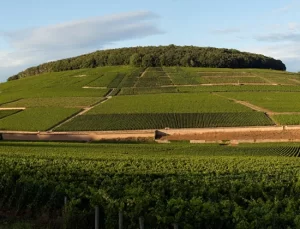
Corton is a grand cru appellation covering the slopes of the Montagne de Corton hill in the Côte de Beaune district of Burgundy. It is the largest grand cru vineyard in Burgundy, and is one of only two where wines are made from both Pinot Noir and Chardonnay (the other is the Musigny vineyard). Corton’s wines were a favorite of the Emperor Charlemagne, who lends his name to the white wines made on the western side of the hill.
Wine Characteristics
The extensive area covered by this appellation Grand Cru and the large number of different Climats it contains explain the observable differences in character among the wines grown here. The rare whites (grown mainly in the Climats of Vergennes and Languettes) have a keeping potential of 4-10 years. Colour: pale gold with green highlights. Mineral aromas (flint) blend with butter, baked apple, bracken, cinnamon and honey. Elegant and highly-bred, supple and well rounded, this unusual Chardonnay has much in common with Corton-Charlemagne. The Corton reds are an intense velvety crimson, darkening towards magenta. Their generous aromatic expression is of fruit notes (blueberry, gooseberry, kirsch cherry) or flowers (violet), evolving towards underbrush, animal, leather, fur, pepper and liquorice. On the palate this wine is well-built, powerful and muscular and the chewy body comes to the fore. Firm, frank and fat, it requires time (4-12 years) to reach its peak.
Red : solid and opulent, Corton is a Bourgogne’s iconic – highly complex, impressively mouth-filling in a way that is at once sensual and structured.
For this reason, strong soft-centred cheeses and blue cheeses are needed to tame it. But, without question, its closest companions are highlyflavoured meats that match its powerful flavours and intense aromas.
Indeed this wine is sublime with roast or grilled beef, or any and all game (furred or feathered) roasted, braised or – naturally – in sauce.
Serving temperature: 14 to 16°C.
White : white Corton is a natural match for shellfish, fish, poultry in cream sauce, and goat’s cheese.
Serving temperature: 12 to 14°C.
List of “Climats et Lieux-dits” for this appellation
“Climats” classified as 1er Cru
Clos Blanc / Clos de la Commaraine / Clos de Verger / Clos des Epeneaux / Derrière Saint-JeanEn Largillière / La Chanière / La Platière / La Refène / Le Clos Micot / Le Village / Les Arvelets / Les Bertins / Les Boucherottes / Les Chanlins-Bas / Les Chaponnières / Les Charmots / Les Combes Dessus / Les Croix Noires / Les Fremiers / Les Grands Epenots / Les Jarolières / Les Perrières / Les Petits Epenots / Les Pézerolles / Les Poutures / Les Rugiens Bas / Les Rugiens Hauts / Les Saussilles

